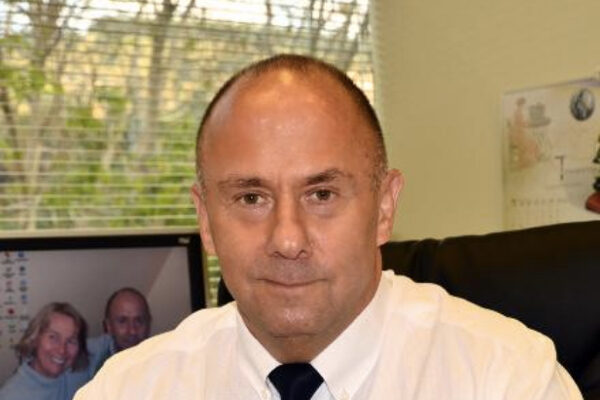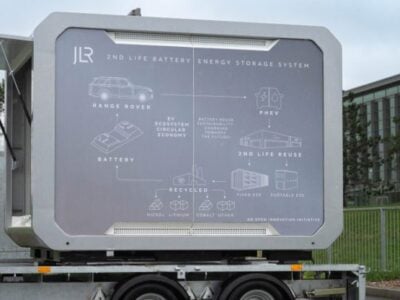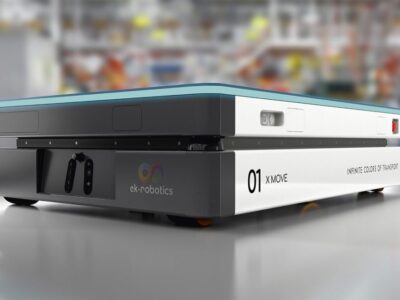
Tower wants to build China fab
The company, which trades as TowerJazz, has expanded in recent years by acquiring IDM legacy fabs and order books. Its strengths lie in power management, RF and image sensor chips as well as some discretes for its customers. However, deals to take over existing wafer fabs, while common in the western hemisphere, are not readily available in China. China is the global hot spot for wafer fab building because of the high volume of electronic equipment assembled in China and Chinese state policy to increase China’s domestic chip manufacturing.
Notably Tower’s latest statement of an interest in building a wafer fab in China, comes just days after rival Globalfoundries Inc. (Santa Clara, Calif.) said it would do exactly that by working with the Chengdu municipality as a source of finance. Tower’s CEO Russell Ellwanger said the Israel foundry would likely follow a similar business model.
Tower enjoyed a successful 2016 with revenue growth of 30 percent compared with 2015 (see Foundry Tower reports record financial year) and expects similar growth going forward, which could make 2017 a year when further capacity expansion needs to be set up.
In a telephone conference with analysts held to discuss the financial results, Ellwanger said that if growth continues at the present rate additional manufacturing capacity will need to be put in place during 2017 and into 2018. Ellwanger confirmed that Tower is pursuing a strategy in China that would likely involve a greenfield site but that it also remains open to acquiring a legacy manufacturing facility particularly where that makes sense with an existing IDM customer. He also said Tower was open to getting into MEMS and sensor manufacturing on a bigger scale.
Ellwanger told eeNews Europe in May 2015 that Tower was seeking a manufacturing opportunity in China (see Tower seeks fab deal in China).
Next: More detail
In the conference call he added more detail, saying: “We had stated that we are pursuing a strategy in China, which we are indeed pursuing, and this would be to where we would partner with somebody and possibly a municipality to build a greenfield site, for which our portion of investments would be our IP and building a fab and equipping a fab and in bringing technologies into the fab. It would not be an upfront investment from us. It would be an in-kind investment on capability for where nominally we would be being paid during that period as well.”
However, Ellwanger did not provide any indication that such a deal was close. When asked how long it would take to get chips out of a greenfield wafer fab, Ellwanger said: “I think it would be a bit shy of two years that you would start running pilot runs through the fab so you would be able to have a flow that’s qualified within a two-year period. In China, things can move very, very quickly once they kick off.”
Ellwanger said that wave of the IDM consolidation that is affecting the semiconductor industry meant that wafer fabs were becoming available due to under-utilization and that Tower has reached a scale at which most of the consolidations are being done. “So the ability to get into such a deal at a very, very early stage is very real,” he said, again without revealing that anything was imminent.
Tower’s previous involvement in a wafer fab constructing project has proved difficult. It was in a consortium with IBM to engage in a greenfield wafer fab deal in India but that now appears to have evaporated (see Lead partner pulls out of India fab plan).
Next: MEMS or sensors?
On the call Ellwanger pointed out that a move into MEMS or sensors would not be aimed at increasing manufacturing capacity, but rather at acquiring technology capability and the fragmented nature of the market and the multitude of MEMS technologies might make it difficult.
“So for a MEMS type of activity what we have stated was that we would be looking at two things: one is something that would bring with it IP, and the IP is both from a protection portfolio as well as from a human capability side. And then addition to the IP would be to have some small capacity that is either presently, or could quickly become, cash flow neutral or cash flow positive with many customers.”
Ellwanger said the alternative was to deal with one specific IDM transfer and bring up high volume for a first-tier sensor company – a very specific flow for one end customer.
Ellwanger concluded the conference call by saying that with the trajectory Tower is currently on it will need to announce new initiatives to increase manufacturing capacity in 2017 or early 2018.
Related links and articles:
News articles:
Foundry Tower reports record financial year
AMS pulls out of $2 billion wafer fab project
Globalfoundries to build FDSOI fab in China
CEO interview: What’s next after Tower’s turn-around?
 If you enjoyed this article, you will like the following ones: don't miss them by subscribing to :
eeNews on Google News
If you enjoyed this article, you will like the following ones: don't miss them by subscribing to :
eeNews on Google News




